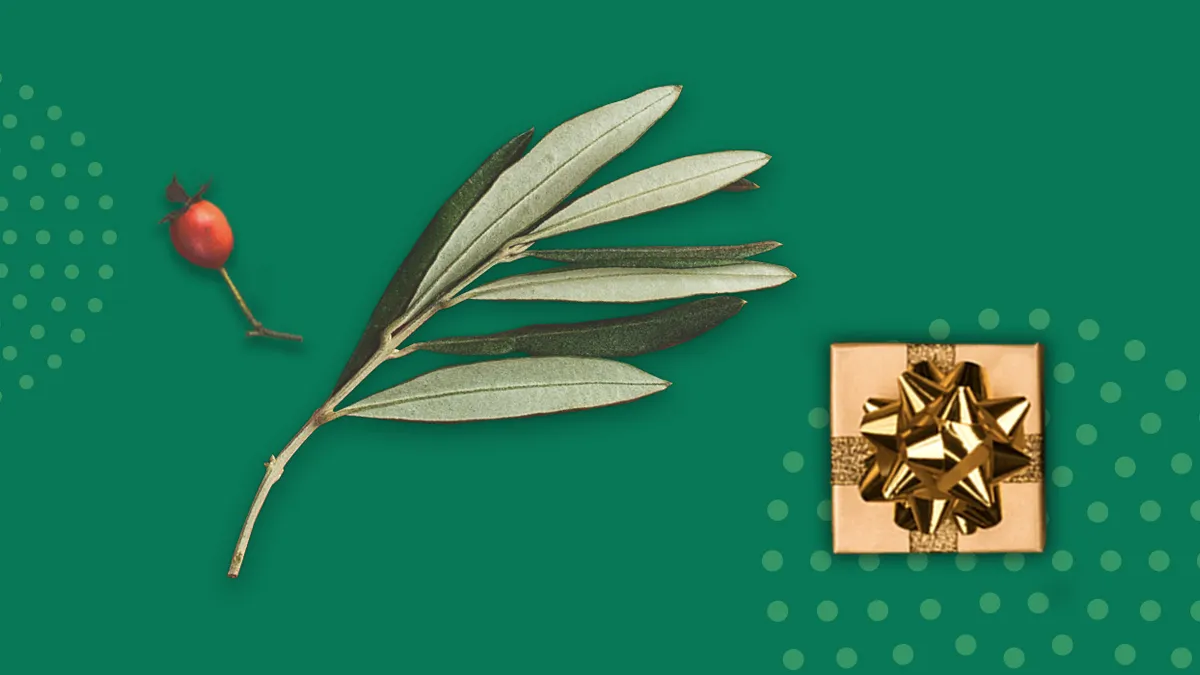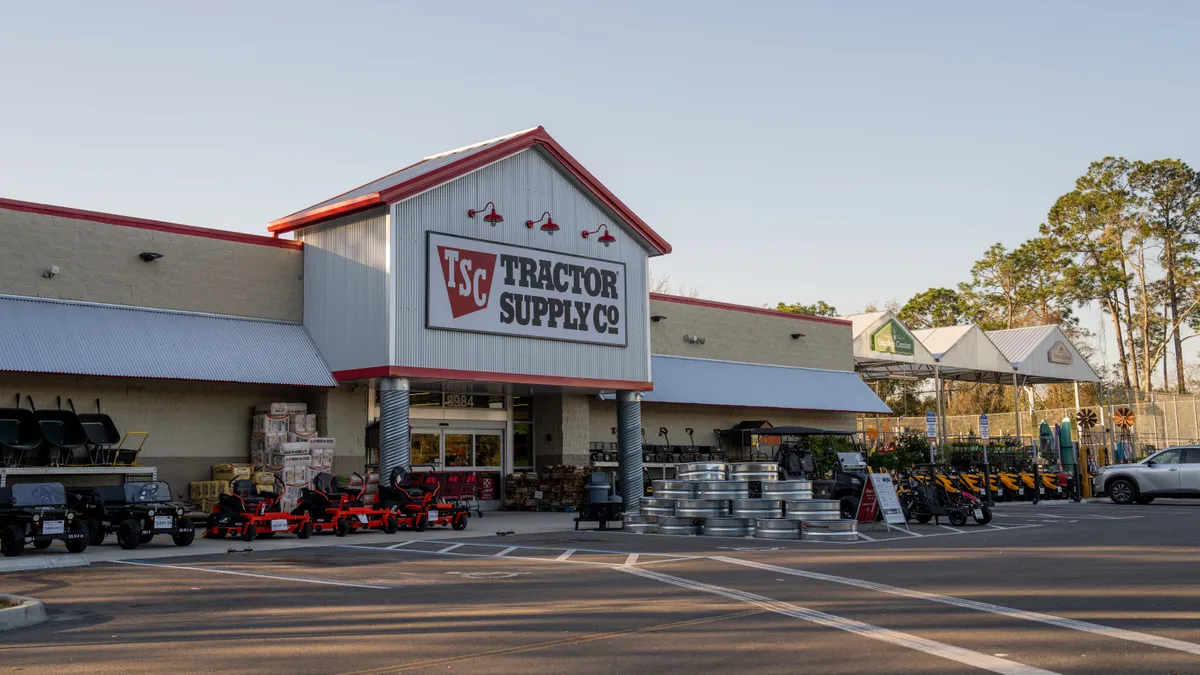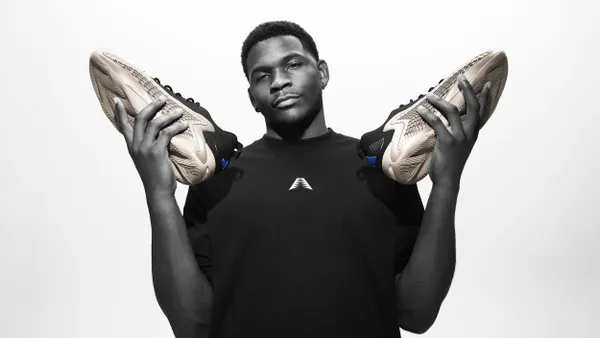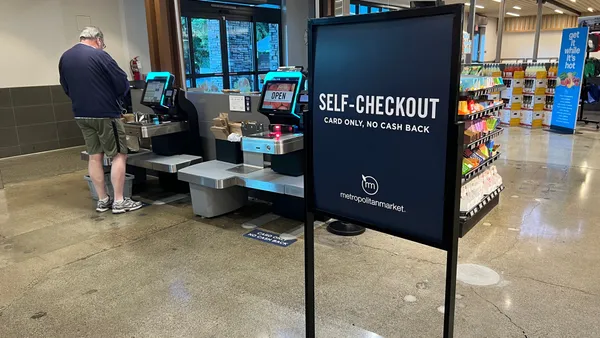The way we shop for the holidays has changed. No longer do we have to do a mad dash to the mall, fight the crowds, and suffer in sweltering heat (many of us with our coats still on) to get the top deals of the season. Thanks to online shopping, we can snag them from the comfort of our homes, all snuggled up and cozy in our PJs, or on the go as we balance all the demands of this hectic season.
Ecommerce sales are growing nearly five times faster than in-store sales, according to Digital Commerce 360. And they’re projected to reach $2.85 billion by 2023, according to Statista.
Retailers know it’s critical to have your products and season specials readily available when and where your customers want to shop—whether that’s in-store or online.
You also have to price them at a point your customers are willing to pay since the holiday season tends to spur higher than normal expenses for many people. Last year, people planned to spend more than $1,000 on average for items like decorations, candy, and gifts as well as other purchases for themselves and their families, according to the National Retail Federation.
What’s more, retailers have to merchandise your products so they’re attractive. You also have to provide an exceptional customer experience and communicate with your customers in a relevant, personal way to earn their dollars and compete with other brands.
With the busiest sales time of the year approaching for most brands, it’s critical to have a holiday game plan on top of these core principles to ensure your brand stands out in order to drive success during the busiest shopping time of the year.
What are two critical components of any successful holiday marketing strategy? Segmentation and personalization.
Why segmentation should be part of your holiday marketing strategy
When you segment your audience, you use your data to sort your customers into groups with common characteristics that make them likely to be motivated by similar things. That motivation helps to drive conversions and revenue growth.
Here are a few examples of customer segments:
- Everyone who’s made a purchase in the last 60 days
- People who’ve placed an order from your home collection in the last year
- People who’ve subscribed to your email list but who’ve never made a purchase
The sky’s the limit when it comes to segmenting your customers into different groups. The important thing to bear in mind when creating segments is to figure out which segments will help you drive growth for your business.
Princess Awesome is an apparel brand that makes clothing for girls who like everything from twirling to trucks. When the company released a new line of adult dresses recently, they created two segments: a general segment and a highly engaged segment. The highly engaged segment comprised people who had made at least four purchases. Despite it only being 10 percent of the size of the general segment, it generated eight percent more total revenue.
“Creating these revenue-driving segments takes only a few seconds and it really fuels our growth. Over the past year, we’ve seen 50 percent of our monthly revenue, on average, coming through Klaviyo,” said Rebecca Melsky, co-founder of Princess Awesome.
With the holidays coming up, maybe you’d like to see sales come in earlier than they did last year. You can offer incentives like early access to a sale or a first-look at a new product you’re about to launch. By segmenting your audience, you can figure out which customers are likely to find these incentives compelling and only send messages to those who are likely to engage. This helps you build better relationships with your customers because you’re sending relevant messages to people vs. mass-mailing your subscribers (a big no-no).
How personalization can help you drive holiday sales
Gone are the days when you could simply put your customer’s name in an email subject line and say you’ve personalized their experience. That simply doesn’t cut it anymore.
Today, personalization is about using the data you have about your customers to create relevant, one-to-one experiences in your communications.
And there’s good reason to make personalization part of your holiday marketing strategy.
Brands that create personalized experiences are seeing their revenue increase by six to ten percent—two to three times faster than those that don’t, according to Boston Consulting Group.
Say you sell rock-themed apparel and you know which bands your customers love. You can segment your audience based on their band preferences. Then, you can personalize your messages by including pictures of your clothing with their favorite band on them at every touch-point.
It’s important to get personalization right, though.
Imagine showing a picture of a t-shirt with the Beatles on it to a Rolling Stones die-hard fan. Avoid the social and call center disasters that could ensue during this busy time of year simply by showing images of products with the right band on them to the right audience. This will help you deepen your relationships and drive more sales.
With the holidays coming up, there are some simple ways you can personalize the customer experience, including:
- Make relevant product recommendations for holiday gifts
- Look at the behavior of your once-a-year shoppers and tailor your messaging toward what previously motivated them,
- Give your VIPs early access to some of your holiday specials
There are few points in the year when you can guarantee your customers will be spending money and your direct competitors will be marketing to them aggressively, attempting to win their hearts, minds, and dollars.
The best way to help your brand cut through the noise: show your customers you understand who they are and what interests them. And that’s exactly why segmentation and personalization aren’t things you want to skimp on when you build your holiday marketing plan.
Want more tips to prepare your store for the holiday shopping season? Check out this holiday planning guide to learn how to drive more sales.










